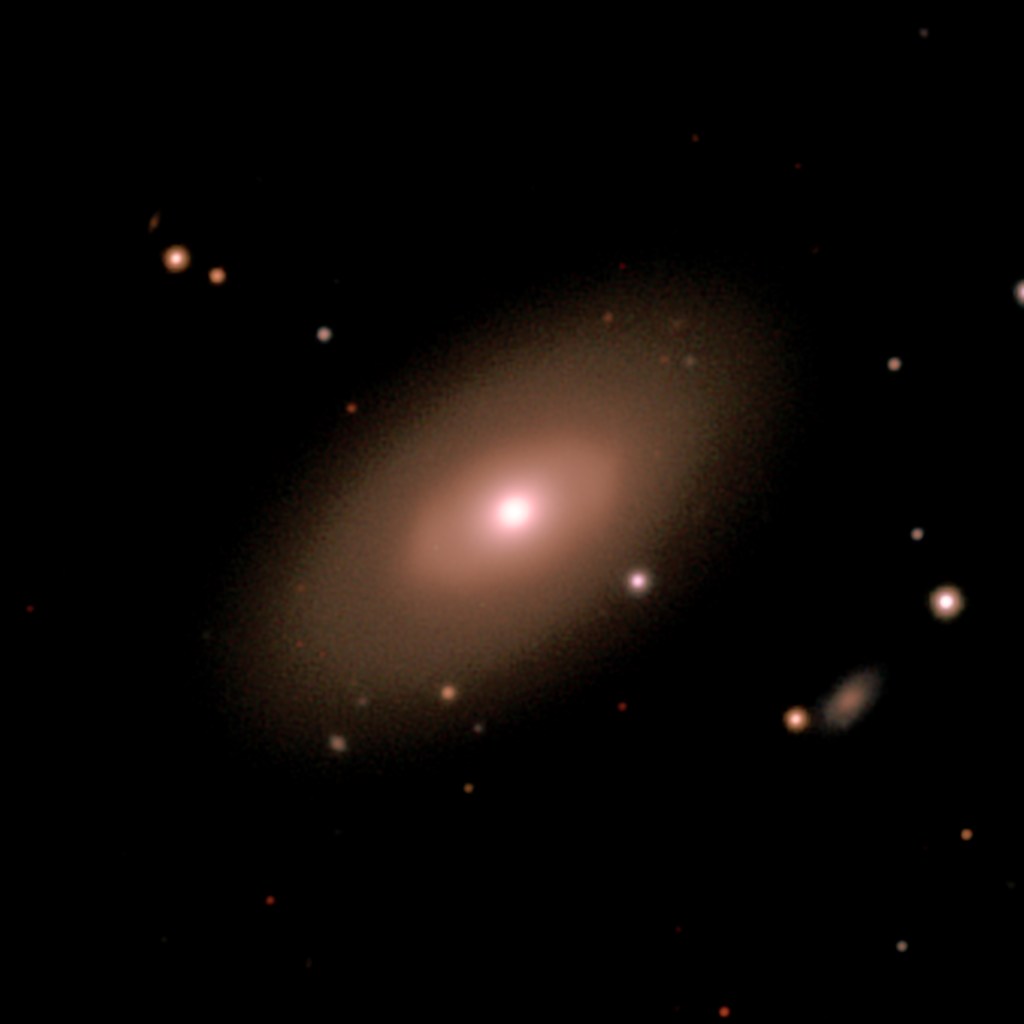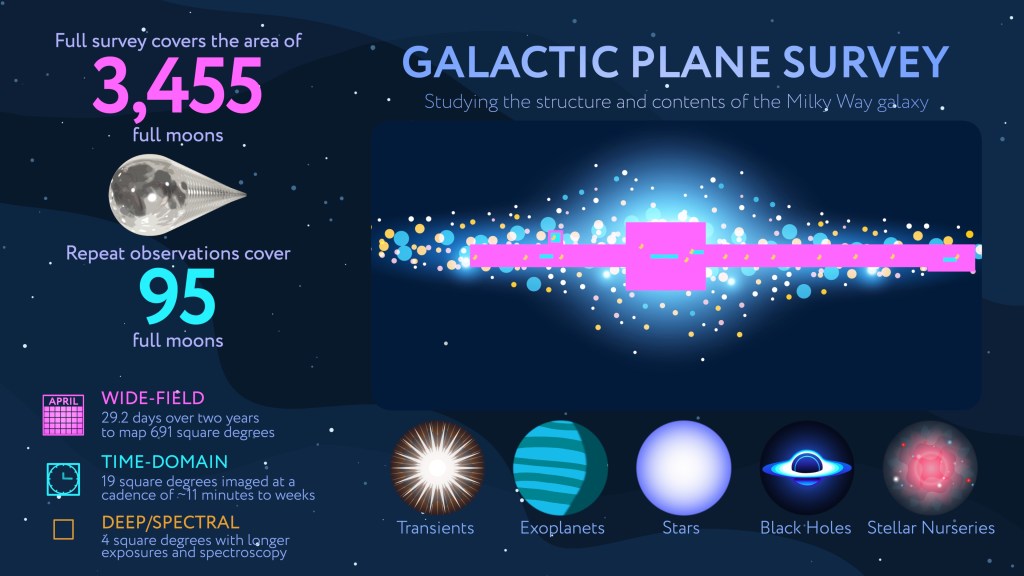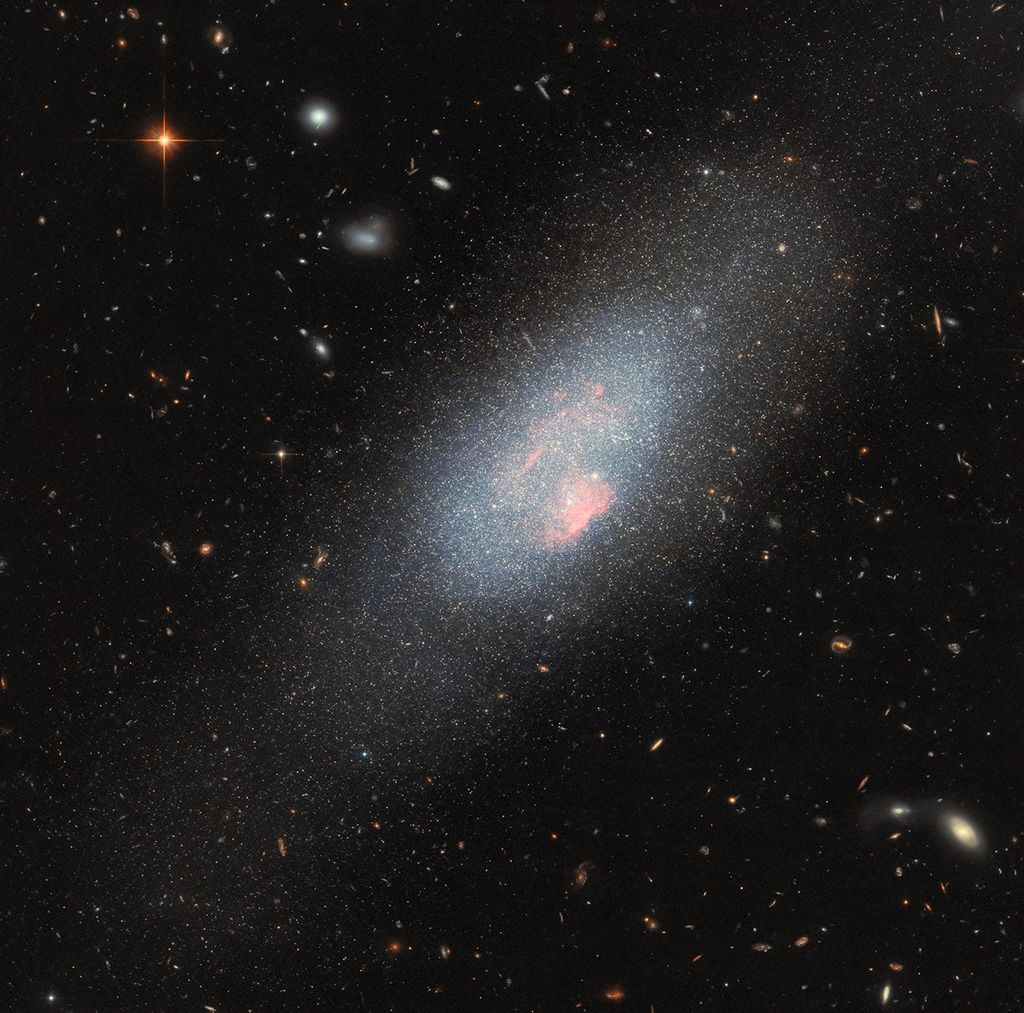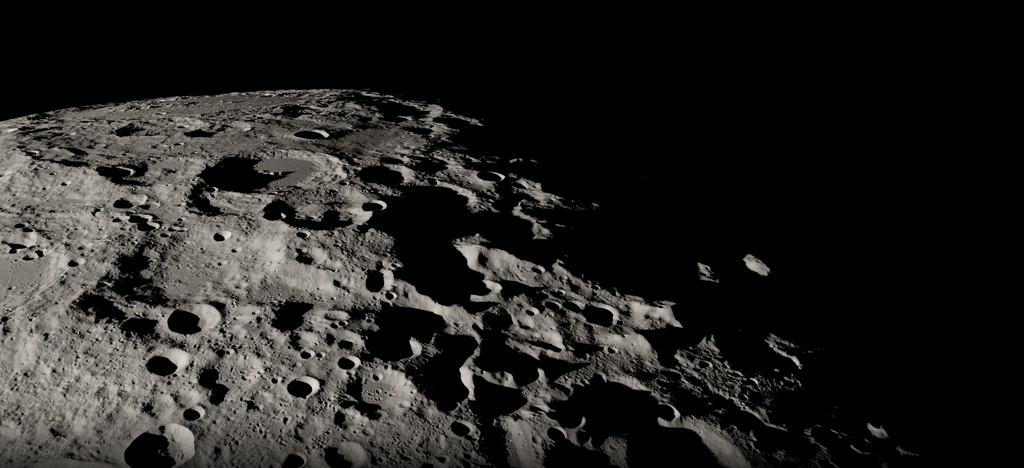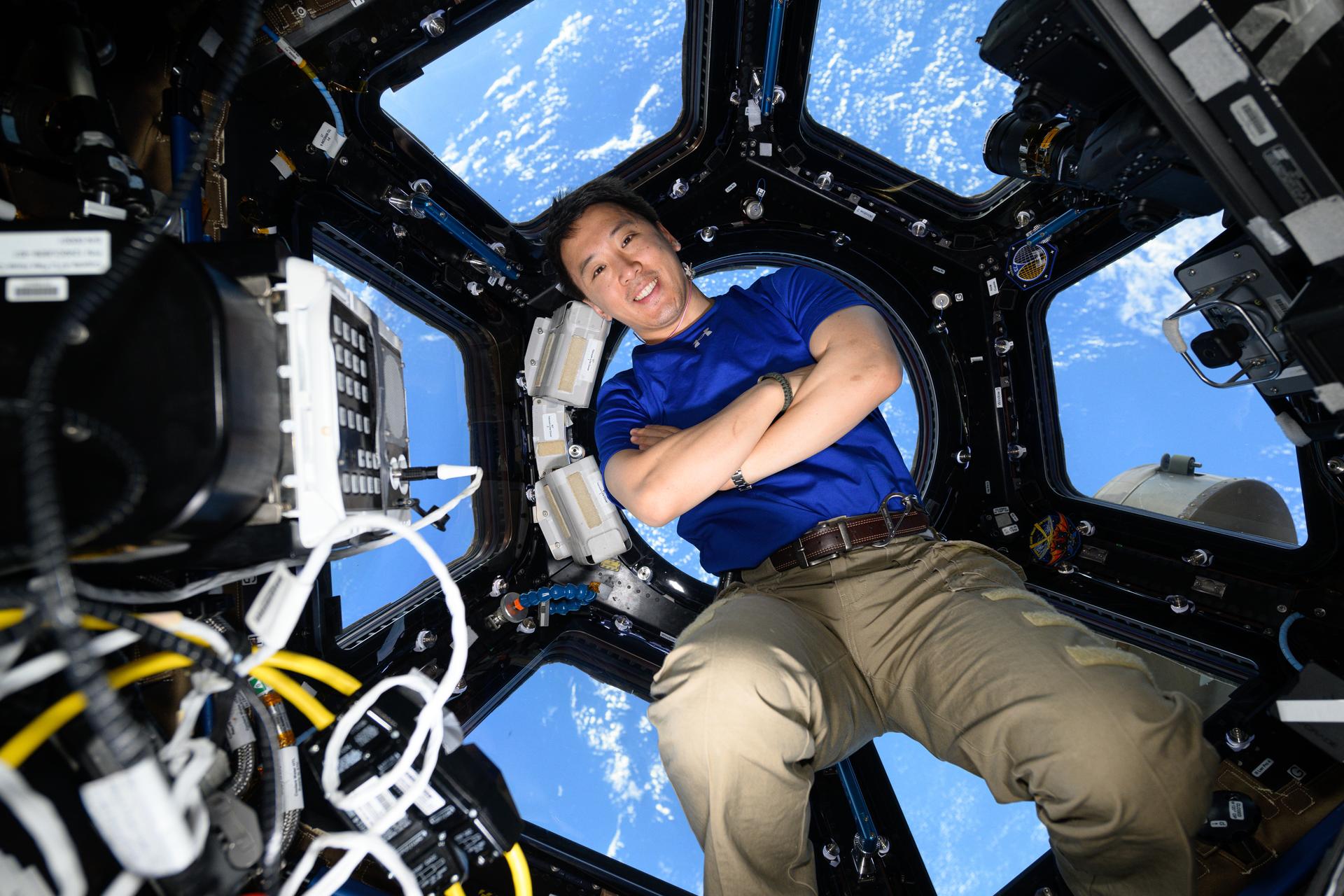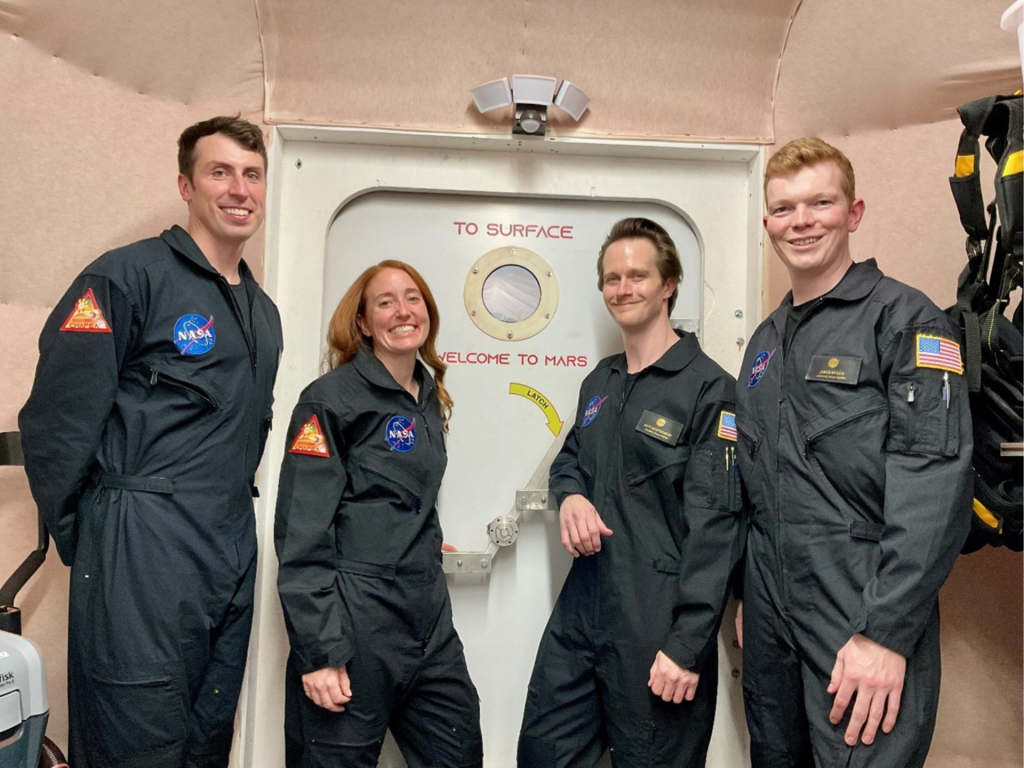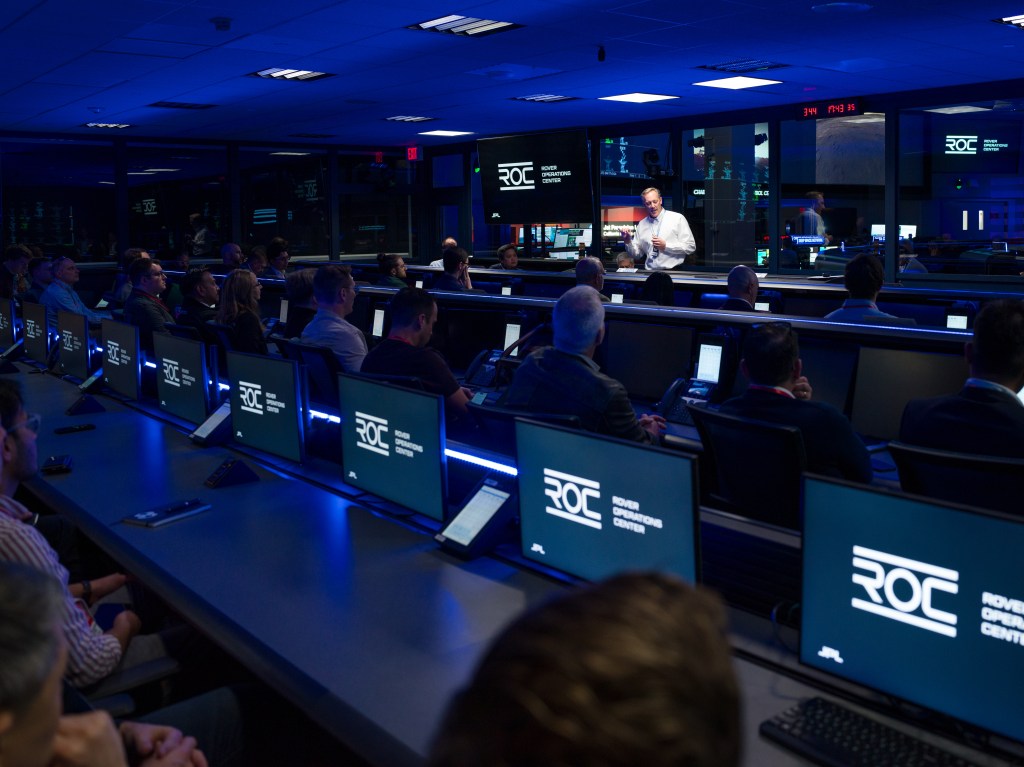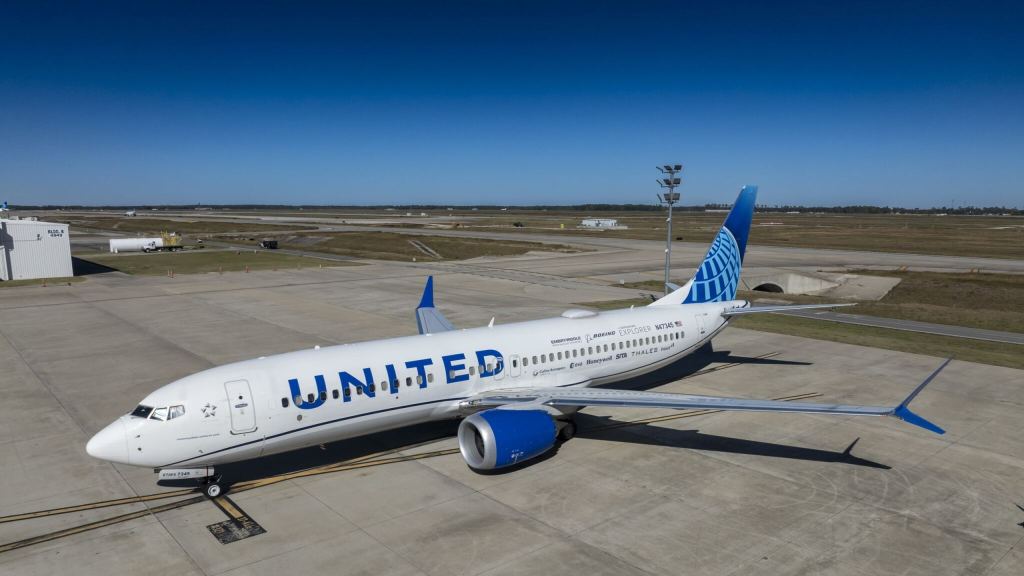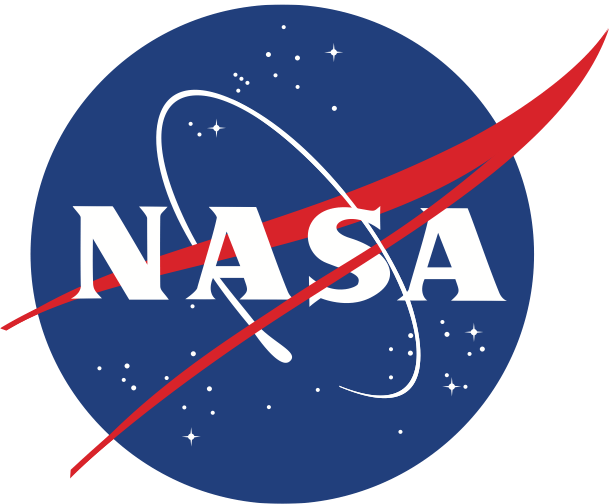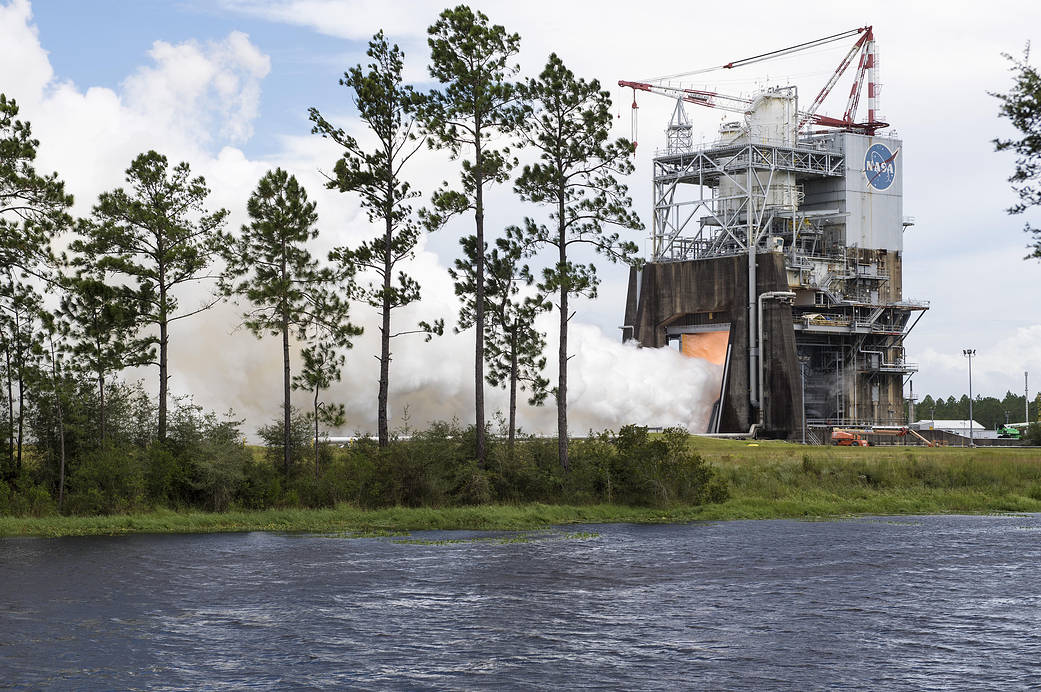This week in 2017, NASA concluded a successful summer of hot fire testing for flight controllers on RS-25 engines that will power the core stage of NASA’S Space Launch System. The flight controller serves as the “brain” of the engine, communicating with SLS flight computers to ensure engines are performing at needed levels. During tests, the controllers are installed on a developmental RS-25 engine, which is then fired in the same manner and for the same duration that will be needed during an SLS launch. The flight controller tests are critical in preparation for upcoming SLS flights to deep space. Here, the fifth RS-25 engine flight controller unit is tested on the A-1 Test Stand at NASA’s Stennis Space Center for a 500-second duration. All the flight controllers for the first four SLS missions have completed testing, and the engines for the Artemis 1 lunar mission are ready for flight. Today, NASA’s Marshall Space Flight Center is playing a vital role in the Artemis program by developing the SLS, the backbone of NASA’s exploration plans and the only rocket capable of sending humans to the Moon and Mars. The NASA History Program is responsible for generating, disseminating and preserving NASA’s remarkable history and providing a comprehensive understanding of the institutional, cultural, social, political, economic, technological and scientific aspects of NASA’s activities in aeronautics and space. For more pictures like this one and to connect to NASA’s history, visit the Marshall History Program’s webpage. (NASA)
2 min read


